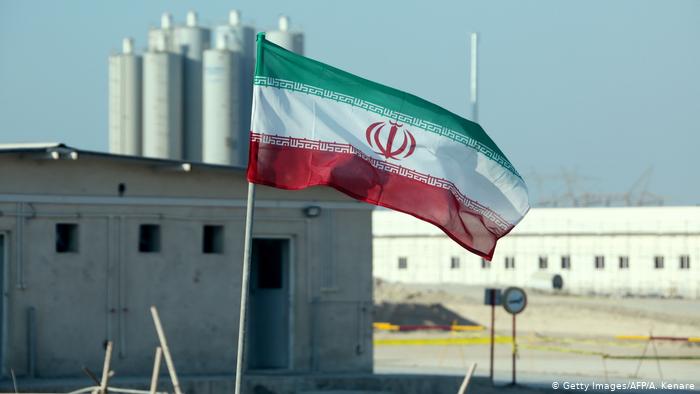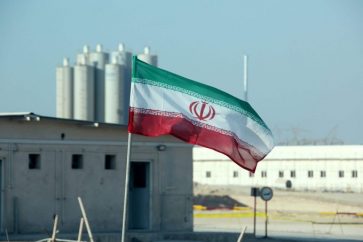Iran has begun enriching uranium with the fourth cascade of advanced IR-2m machines at its Natanz plant, a new report by the International Atomic Energy Agency (IAEA) says.
Iran has already increased the number of its IR-2m machines, which are far more efficient than the IR-1, at the Natanz plant.
The UN nuclear agency reported on March 8 that Tehran had begun enriching uranium with the third cascade of advanced IR-2m centrifuges at its Natanz nuclear facility.
The move is the latest of several steps taken by Iran in suspending its commitments under the 2015 nuclear deal, known as the Joint Comprehensive Plan of Action (JCPOA), which was abandoned by the United States in 2018.
As a response to the US withdrawal and its subsequent reimposition of sanctions, Iran began in 2019 to reduce its nuclear obligations under Article 6 of the JCPOA, citing the other signatories’ failure to fulfill their obligations enshrined in the historic accord.
“On 31 March 2021, the Agency verified at FEP (Fuel Enrichment Plant) that: Iran had begun feeding natural UF6 into the fourth cascade of 174 IR-2m centrifuges,” read the report dated Wednesday and obtained by Reuters on Thursday, PressTV reported.
Iran had informed the IAEA of its plans to use six cascades of IR-2m machines to enrich uranium, the report said, adding that the remaining two cascades were installed but not yet enriching.
“In summary, as of 31 March 2021, the Agency verified that Iran was using 5,060 IR-1 centrifuges installed in 30 cascades, 696 IR-2m centrifuges installed in four cascades, and 174 IR-4 centrifuges installed in one cascade to enrich natural UF6 up to 5% U-235 at FEP,” added the report.
On March 15, IAEA Director General Rafael Grossi said that Iran had “begun feeding a newly installed cascade of 174 IR-4 centrifuges” to enrich uranium hexafluoride gas up to 5 percent purity.
“On 15 March 2021, the Agency verified that Iran began feeding the cascade of 174 IR-4 centrifuges already installed at FEP with natural UF6,” Grossi said in his report to member states, referring to uranium hexafluoride, the form in which uranium is fed into centrifuges for enrichment.
Iran has also indicated that it now plans to install a second cascade of IR-4 centrifuges at the FEP but the installation of that cascade has yet to begin, the report added.
The Iranian Parliament, as part of the country’s decision to reduce its nuclear commitments, ratified a bill late last year to task the Atomic Energy Organization of Iran (AEOI) with producing and storing at least 120 kilograms of enriched uranium with a 20-percent purity level every year for peaceful purposes.
It also obliged the AEOI to start the operation of installing, injecting (uranium) gas, enrichment, and stockpiling of materials up to the purity level needed, with at least 1,000 advanced second-generation centrifuge machines (IR-2M), within a maximum of three months after the ratification of the law, which was approved in December 2020.
Source: Iranian Agencies




